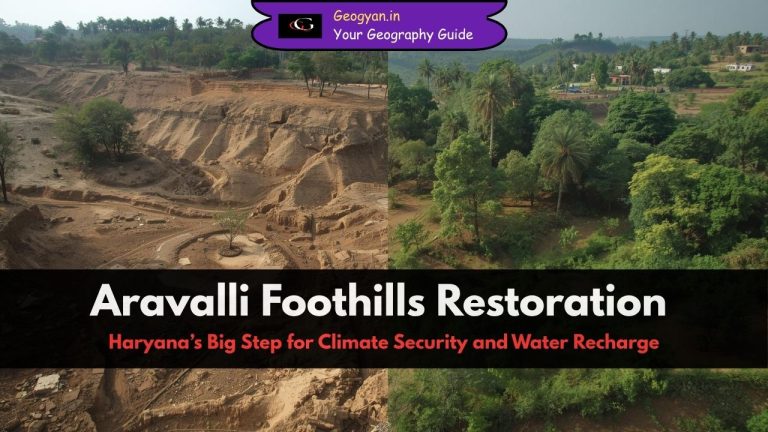Estimated reading time: 6 minutes
Table of contents
Geography and Social Justice: Introduction
In the field of human geography, the rise of the political economy perspective in the 1970s brought about a significant shift in focus towards social geography. This branch of geography examines social relations in space and the underlying spatial structures. Influenced by radical thought and the evolving social sciences, social geography became closely associated with the broader discipline of human geography. However, in the 1980s, there was a notable transition from an emphasis on economic efficiency to a greater recognition of the role of culture. This shift led to the convergence of social and cultural geography, setting the stage for discussions on geography and social justice.
The Evolving Landscape of Social Geography
During the 1970s and 1980s, social geography underwent significant changes in terms of content and approach. Previously, social geography focused on the theoretical location of social groups and patterns rather than underlying processes. However, influenced by Marxist perspectives and French sociology, social geography became politicized, aligning itself with concerns of social justice. Simultaneously, humanistic geography brought attention to human subjectivity and how different social groups perceive and use space. Despite their initial contradictions, the focus on social justice and human subjectivity were recognized as complementary in practice.
The Emergence of Social Justice in Geography
The interest in social justice within geography can be traced back to the late 1960s when radicalism began to shape the discipline. Geographers started to explore questions of morality and ethics, challenging the prevailing value-free approach. Humboldt’s regional study of New Spain and the voices of Kropotkin and Reclus were early examples of geographical inquiries with a focus on social justice. However, the dominant paradigm of territorial imperialism hindered the recognition of such perspectives. It was not until the 1970s, with the publication of David Harvey’s “Social Justice and the City,” that social justice gained prominence as a key concern in geographical work.
The Intersection of Social Justice and Geography
Social justice, as a pursuit, aims to study the distribution of society’s benefits and burdens. It inherently raises questions of morality and ethics, particularly in relation to the distribution of income and resources. The focus on equalitarianism seeks to address societal needs without considering individual differences. In the pursuit of social justice, geographers have examined spatial inequalities, aiming to influence governmental policies favoring the disadvantaged. The mid-1970s saw a more focused view on social justice, with Harvey advocating for priorities based on needs, contribution to the common good, and merit in the distribution of societal benefits and burdens.
Values and Methods in Geographical Research
The renewed focus on social justice in geography brought about a shift in research methods. Qualitative research methods, including passive observation, personal reflection, and semi-structured interviews, gained prominence. These methods aimed to capture subjective understanding and systems of shared meaning. The choice between qualitative and quantitative analysis, as well as participant observation versus structured questionnaires, raised moral questions. The intellectual environment also underwent change with the emergence of postmodernism, which emphasized place specificity in social explanation and challenged the grand theories of modern thinking. Postmodernism’s focus on human diversity and difference contributed to the heightened attention given to morality and ethics in geographical work.
Contemporary Relevance and Future Directions
In recent years, geography’s interest in social justice has been reinvigorated by global events such as the collapse of the social order in Eastern Europe and the former Soviet Union. This has prompted discussions on creating new economic, political, and social institutions and determining the fair distribution of resources and power. Geography’s engagement with social justice reflects its responsiveness to contemporary challenges. Research initiatives exploring the geography of everyday moralities and ethical practices have emerged, shedding light on the intersection of geography and social justice in various contexts.
Contemporary research in geography and social justice encompasses a wide range of issues, including environmental justice, spatial segregation, access to resources, and social inequalities.
Environmental justice examines the disproportionate burden of environmental hazards and pollution on marginalized communities. It highlights how race, class, and power intersect with spatial dynamics, influencing the distribution of environmental benefits and burdens. This line of inquiry aims to address and rectify environmental injustices, promoting equitable access to clean air, water, and a healthy environment for all.
Spatial segregation, another critical aspect of geography and social justice, refers to the physical separation of social groups based on factors such as race, income, and ethnicity. Geographers have extensively studied the spatial patterns of segregation, analyzing the underlying social, economic, and political processes that perpetuate unequal access to resources, opportunities, and services. By understanding these dynamics, geographers can contribute to policy discussions and interventions aimed at creating more inclusive and equitable spatial environments.
Access to resources, including housing, education, healthcare, and transportation, is a key dimension of social justice. Geographical research examines how spatial disparities in resource distribution impact marginalized communities and perpetuate social inequalities. For instance, studies on educational inequalities analyze school district boundaries, funding disparities, and the spatial distribution of quality schools. By understanding these patterns, geographers can advocate for policy changes that address educational inequities and promote equal access to quality education for all students.
Furthermore, geographers have examined social inequalities through the lens of spatial justice, which emphasizes the fairness of spatial arrangements and accessibility. Spatial justice seeks to ensure that individuals have equitable access to essential resources, services, and opportunities within their communities. It involves analyzing issues such as transportation infrastructure, urban planning, and the distribution of amenities. By considering spatial justice, geographers contribute to discussions on inclusive urban development and the creation of sustainable and just cities.
Future directions for geography and social justice research involve addressing emerging challenges such as the digital divide, gentrification, and climate justice. The digital divide refers to disparities in access to and use of digital technologies, which can exacerbate social inequalities. Geographers can examine how these disparities manifest spatially and contribute to the marginalization of certain groups. Gentrification, on the other hand, involves the transformation of neighborhoods through the influx of wealthier residents, often leading to the displacement of lower-income residents. Geographical research can shed light on the spatial dynamics of gentrification and explore strategies for mitigating its negative impacts on vulnerable communities.
Climate justice is another pressing issue that intersects with geography and social justice. Climate change disproportionately affects marginalized communities, exacerbating existing social inequalities. Geographers can contribute to climate justice efforts by studying the spatial distribution of climate risks, analyzing vulnerability and adaptation strategies, and advocating for policies that prioritize the needs of marginalized communities.
Conclusion
In conclusion, the intersection of geography and social justice has evolved over time, reflecting changing theoretical perspectives and societal concerns. Geographers have embraced the pursuit of social justice by examining spatial inequalities, exploring the distribution of resources and opportunities, and advocating for policy changes to create more inclusive and equitable spaces. Contemporary research focuses on issues such as environmental justice, spatial segregation, access to resources, and spatial justice. As the field progresses, geographers will continue to address emerging challenges and contribute to efforts aimed at achieving social justice in diverse geographical contexts.
You May Also Like





























